Expansion Joints (Bellows) in Piping Systems
Easyflex designs and manufactures expansion joints to offer a broader range of flexible piping solutions to customers across industries. Expansion joints are used in piping systems to absorb thermal expansion or terminal movement where the use of expansion loops is undesirable or impractical. Expansion joints are available in many different shapes and materials. At Easyflex, we design manufacture a wide range of metallic bellows and rubber expansion joints for a broad range of flexible piping solutions for various industries. Our design process allows us to customize expansion joints to the exact requirements and demands of our customers. We do offer stocked pre-engineered expansion joints for standard applications. Any pipe connecting two points is subjected to numerous types of action which result in stresses on the pipe. Some of the causes of these stresses are...
- Internal or external pressure at working temperature
- Weight of the pipe it self and the parts supported on it
- Movement imposed on pipe sections by external restraints
- Thermal expansion and contraction
- Vibration, Noise, Shock, Corrosion, Abrasion
- Stresses, Load Stress, Equipment Movement
- Vibration, Pressure Pulsation and Movement in a Piping System
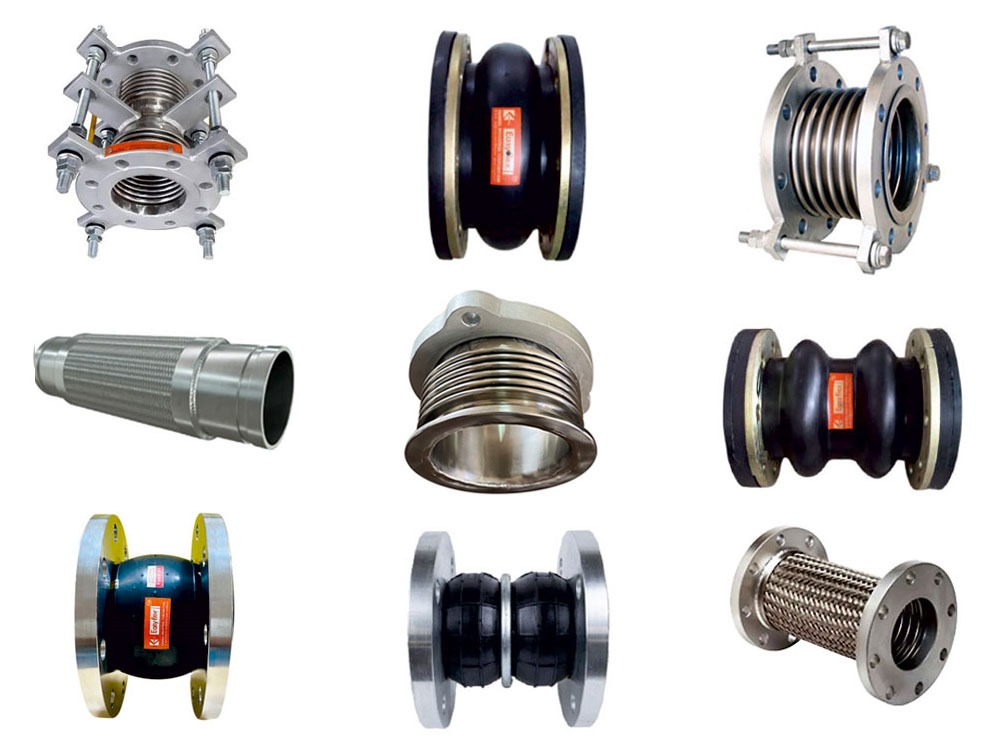
-
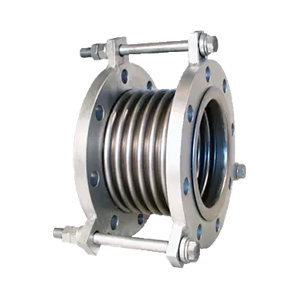
Metallic Expansion Joints
Metallic Expansion Joints are installed in pipe work and duct systems to prevent damage caused by thermal growth, vibration, pressure thrust and other mechanical forces.
There are a wide range of metallic bellows designs in a variety of materials. Options range from the simplest convoluted bellows used in petroleum refineries. Materials include all types of stainless steels and high grade nickel alloy steels.
More Info -
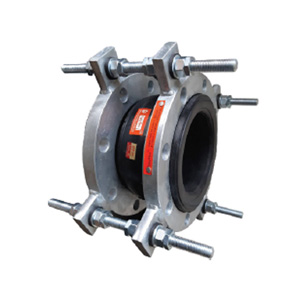
Rubber Expansion Joints
Rubber Expansion Joints are a flexible connector fabricated from natural or synthetic elastomers and fabrics with metallic reinforcements designed to provide stress relief in piping systems due to thermal changes. When the flexibility for this movement cannot be designed into the piping system itself, an expansion joint is the ideal solution. Rubber expansion joints compensate for lateral, torsional and angular movements preventing damage and undue downtime of plant operations.
More Info -
.png)
Hose Assemblies
Stainless steel pump connectors and hose assemblies for use in all applications. In addition EPDM Rubber hose assemblies for use on hot or cold water applications. Supplied fully fitted with class ‘O’ insulation if required. Screwed, flanged, weld ends, mapress system fittings and grooved ends are available to suit your requirements.
More Info
Applications of Expansion Joints in Various Industrial Sectors
-

Petrochemical Industry
In petrochemical plants, expansion joints are critical in the piping systems connected to reactors, distillation columns, and heat exchangers. They absorb thermal expansion and contraction caused by fluctuating temperatures during various processing stages. Specialized materials resistant to corrosive chemicals are often employed to ensure longevity and reliability.
-
Power Generation
Expansion joints find applications in power plants, particularly in the exhaust systems of gas and steam turbines. They accommodate axial and lateral movements caused by thermal cycling. In boiler connections, expansion joints are utilized to absorb thermal expansion, ensuring the structural integrity of the boiler piping.
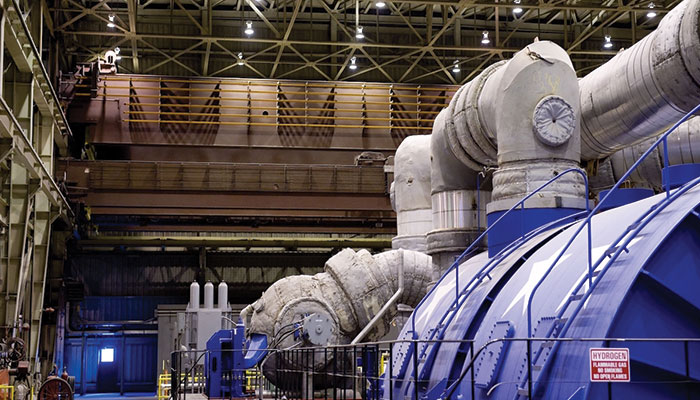
-

Oil and Gas Industry
Expansion joints are used in pipelines connecting different sections of oil and gas facilities. They absorb movements resulting from thermal expansion and contraction as well as ground settlement. In flare systems, expansion joints accommodate the dynamic loads and vibrations during flare events.
-
Chemical Processing
Expansion joints are crucial in chemical processing plants, especially in the connections to pumps, reactors, and vessels. They accommodate movements caused by temperature changes and vibration, preventing stress on the piping system. Material selection is paramount to resist corrosion from aggressive chemicals.

-

HVAC and Air Handling Systems
In HVAC systems, expansion joints are commonly installed in ducting connected to pumps, chillers, and air handlers. They absorb vibrations and movements caused by equipment operation and temperature changes, reducing stress on the ductwork. This application ensures the longevity of the HVAC system and minimizes noise transmission.
-
Water and Wastewater Treatment
Expansion joints are employed in water and wastewater treatment plants in piping systems connected to pumps, valves, and filters. They accommodate movements caused by temperature changes and ground settlement, preventing damage to the infrastructure and ensuring the continuous operation of the treatment facilities.
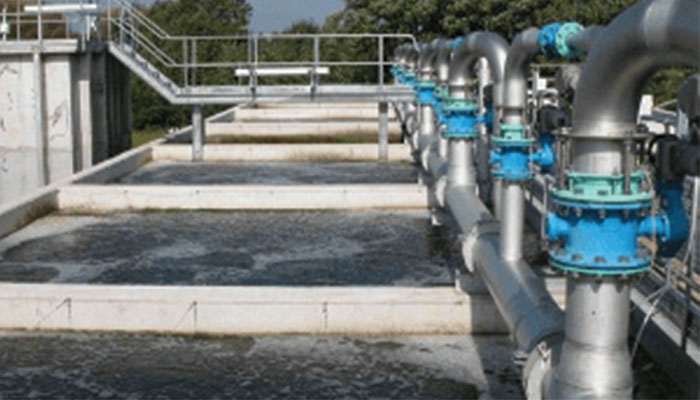
-
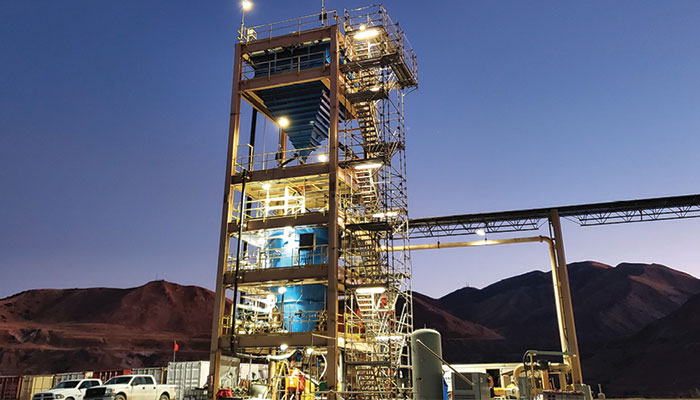
Mining and Minerals Processing
In mining and minerals processing, expansion joints are utilized in slurry piping systems. They absorb movements caused by the transportation of abrasive materials, preventing premature failure of the piping. Specialized designs and materials are employed to withstand the harsh conditions.
-
Marine and Shipbuilding
On ships and offshore structures, expansion joints are installed in exhaust piping systems and ballast piping. They accommodate movements caused by the vessel's motion, waves, and dynamic operational conditions, ensuring the integrity of the piping and reducing the risk of fatigue failure.
